It’s challenging to top the classics when it comes to cheese. Cheeses like mozzarella and asiago are two of the most often consumed varieties. Although both are tasty, they have definite distinctions that set them apart.
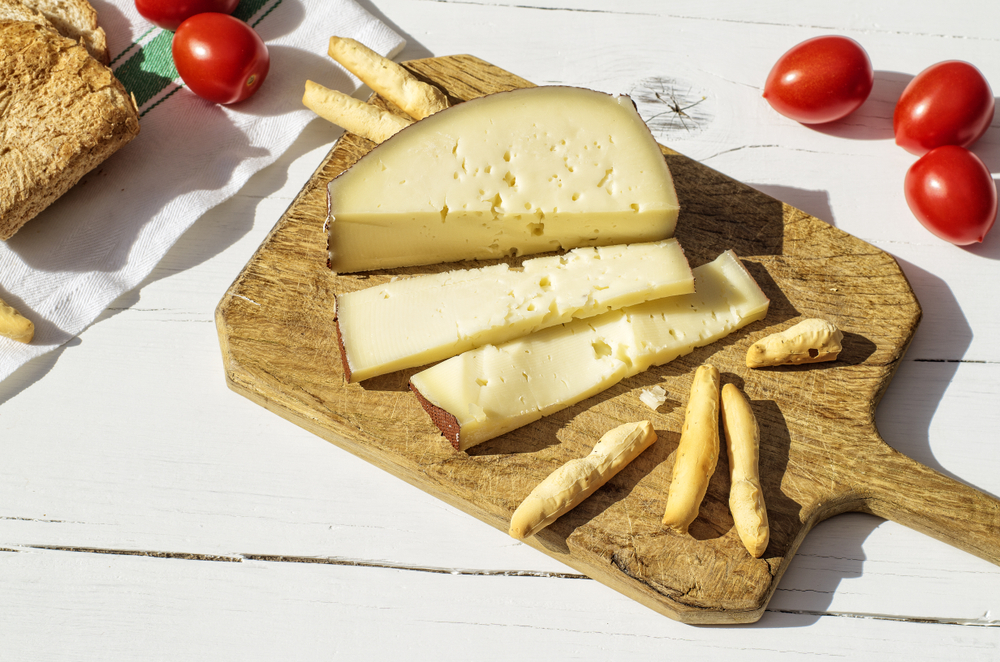
Fresh mozzarella is a type of cheese manufactured from cow’s milk (or, in rare circumstances, buffalo’s milk). It’s well known for having a soft, elastic feel, which makes it a preferred option for topping sandwiches and pizza.
On the other hand, aged Asiago is a cheese that is almost entirely manufactured from cow’s milk. It is frequently used in pasta recipes and as a salad topping since it has a smoother and crumblier texture than mozzarella.
When it comes to flavor, asiago has a nuttier and stronger flavor than mozzarella, which is renowned for its mild flavor. Both cheeses can be used in a variety of cuisines and each has distinctive features of its own.
There is no doubt that both kinds of cheese are delectable in their own ways, whether you favor the crumbly texture and nutty flavor of asiago or the soft and stretchy texture of mozzarella.
What is Asiago Cheese?
Asiago cheese is a type of Italian cheese that is made from cow’s milk. It is named after the Asiago plateau in the Veneto region of Italy, where it was first produced.
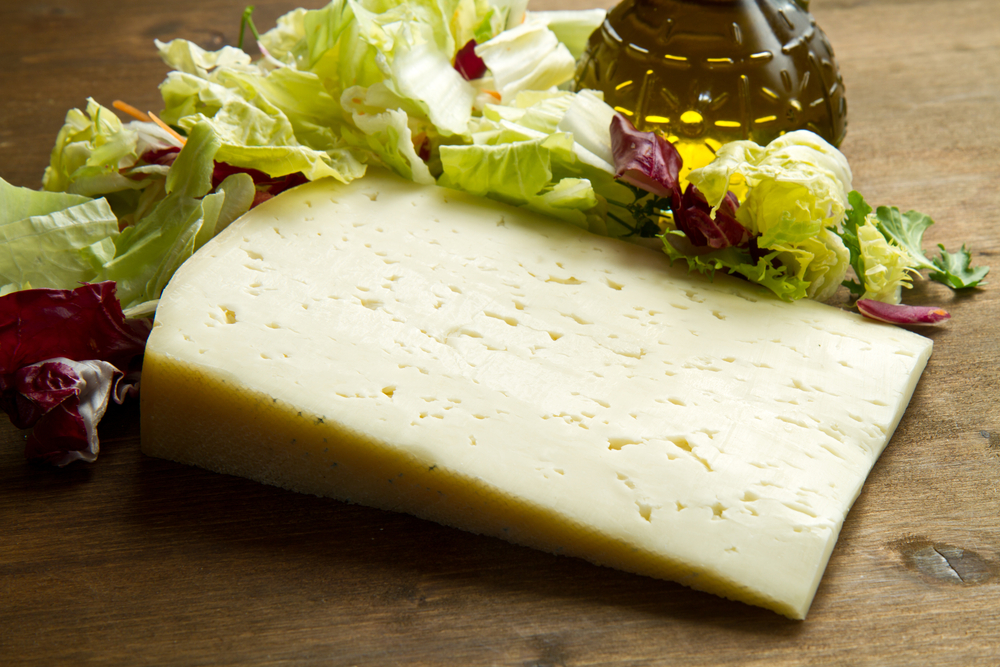
Asiago cheese is a popular cheese in Italian cuisine and is known for its distinct flavor and texture.
Aged Asiago
Aged Asiago cheese is a hard cheese that has been aged for at least 18 months. It has a nutty flavor and a crumbly texture. The longer the cheese is aged, the sharper and more intense the flavor becomes.
Aged Asiago cheese is often used as a grating cheese and is a popular ingredient in Italian dishes such as pasta, pizza, and risotto.
Fresh Asiago
Fresh Asiago cheese, also known as Asiago Pressato, is a young cheese that has been aged for less than 30 days. It has a mild flavor and a soft, smooth texture.
Fresh Asiago cheese is often used as a table cheese and is a popular ingredient in salads and sandwiches.
Asiago Pressato
Asiago Pressato is a type of fresh Asiago cheese that is made using whole milk. It has a mild flavor and a smooth, creamy texture.
Asiago Pressato is often used as a table cheese and is a popular ingredient in sandwiches and salads.
Asiago cheese is a good source of calcium, protein, and fat. It is also low in carbohydrates, making it a good cheese for those following a low-carb diet.
The production of Asiago cheese is regulated by the Asiago Cheese Consortium, which ensures that the cheese is made according to traditional methods.
In summary, Asiago cheese is a popular Italian cheese that comes in different varieties, including aged, fresh, and Asiago Pressato. It has a distinct flavor and texture that makes it a popular ingredient in Italian cuisine.
Whether you prefer the nutty flavor of aged Asiago or the mild taste of fresh Asiago, there is an Asiago cheese for everyone.
What is Mozzarella Cheese?
Mozzarella is a type of cheese that is commonly used in Italian cuisine. It is a soft, mild cheese that is known for its unique texture and flavor.
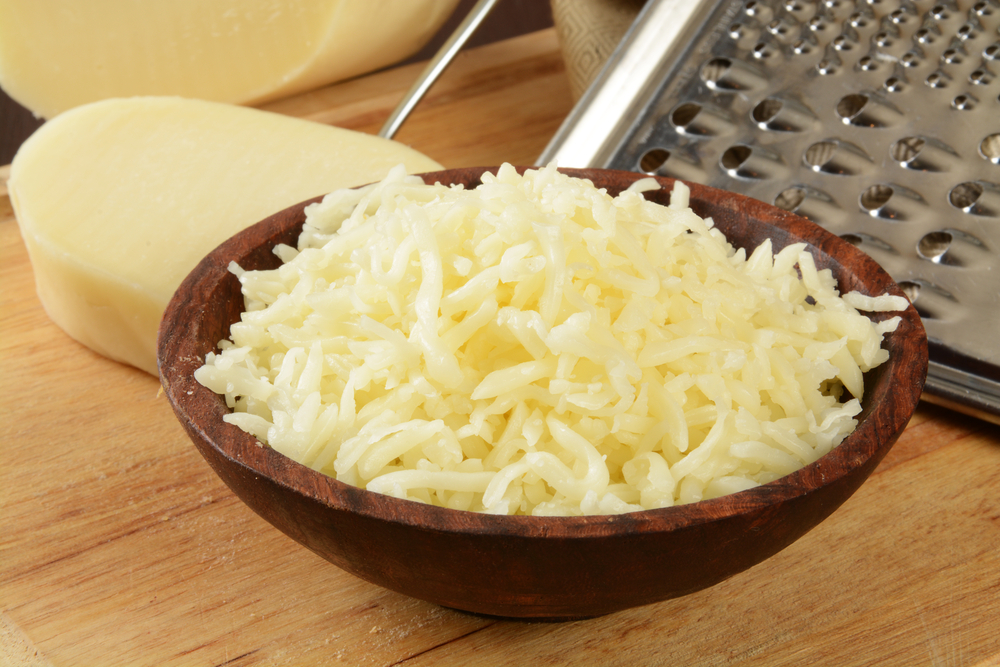
In this section, we will discuss the different types of mozzarella cheese, how it is produced, and its nutritional content.
Fresh Mozzarella
Fresh mozzarella is a type of mozzarella cheese that is made from cow’s milk. It is a soft cheese that has a high moisture content, which gives it a creamy texture.
Fresh mozzarella is typically used in salads, sandwiches, and as a topping for pizza.
Mozzarella Cheese Production
Mozzarella cheese is produced using a technique called pasta filata. This involves heating the curd in hot water until it becomes stretchy and pliable. The cheese is then kneaded and shaped into the desired form.
The production of mozzarella cheese is a complex process that requires a high level of skill and attention to detail.
The cheese must be made using fresh milk and must be handled carefully throughout the production process to ensure that it maintains its unique flavor and texture.
Nutritional Content
Mozzarella cheese is a good source of calcium and protein, but it is also high in fat content. One ounce of mozzarella cheese contains approximately 6 grams of fat.
However, it is important to note that not all fats are created equal, and mozzarella cheese contains healthy fats that are essential for a balanced diet.
Overall, mozzarella cheese is a versatile and delicious cheese that is enjoyed by people all over the world. Whether you are using it to top a pizza or to add flavor to a salad, mozzarella cheese is a great addition to any meal.
Asiago vs Mozzarella: Taste and Texture
When it comes to taste and texture, Asiago and Mozzarella are two very different kinds of cheese. Asiago is a semi-hard cheese with a sharp, nutty flavor, while Mozzarella is a soft, mild cheese with a smooth, creamy texture.
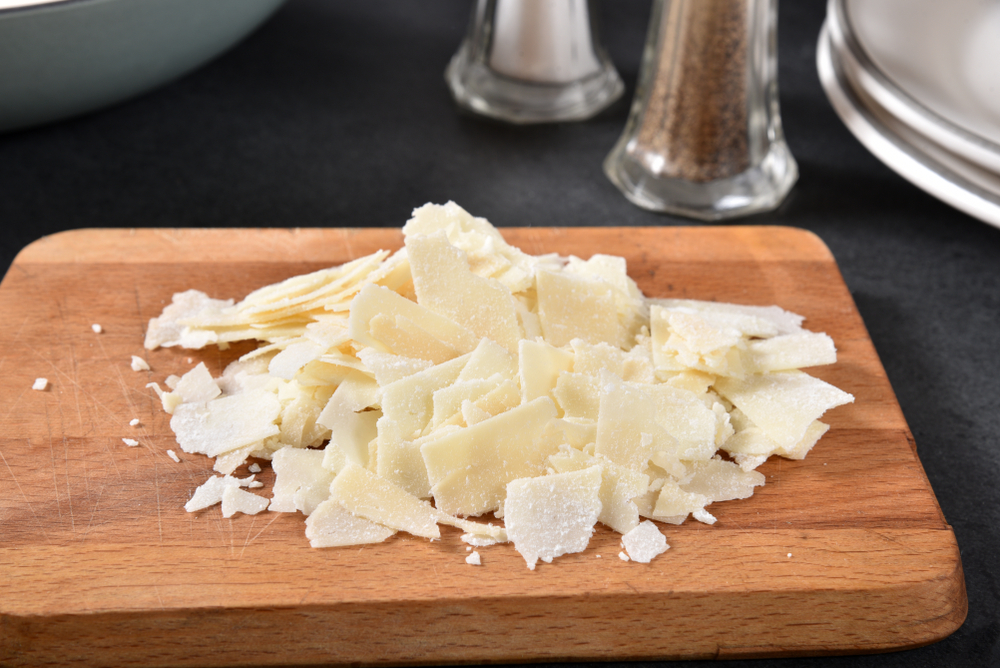
Asiago has a salty taste that can be a bit overpowering for some people, but it pairs well with other strong flavors like Provolone, Swiss, or Gouda.
It also makes a great addition to pasta dishes, homemade pizza, and tomato sauce.
Mozzarella, on the other hand, has a tangy flavor that is not too overpowering. It is a pasta filata cheese, which means it is made by stretching and kneading the curd, giving it a distinctive texture that is both soft and stringy.
This makes it perfect for serving on top of pasta dishes or melting on homemade pizza.
When it comes to serving, Asiago is best grated or shredded over pasta dishes or salads, while Mozzarella is best used in dishes that require melting, such as homemade pizza or lasagna.
Burrata, Fontina, and Gruyère are other cheeses that can be used in place of Mozzarella in these dishes.
If you’re looking for a cheese with a stronger flavor than Mozzarella but not as sharp as Asiago, try using Parmesan or Romano.
Both of these cheeses have a tangy flavor that pairs well with spinach, blue cheese, or cottage cheese.
It’s worth noting that Asiago is often made with unpasteurized milk, which means it contains bacteria that can be harmful to some people.
If you’re pregnant or have a weakened immune system, it’s best to avoid unpasteurized cheese and opt for Parmigiano Reggiano instead.
In summary, while Asiago and Mozzarella are both popular Italian cheeses, they have different taste and texture profiles that make them suitable for different dishes.
Whether you prefer the sharp, nutty flavor of Asiago or the smooth, creamy texture of Mozzarella, there’s a cheese out there for everyone.
Health Benefits of Asiago and Mozzarella Cheese
When it comes to cheese, Asiago and Mozzarella are both popular choices for their unique flavors and versatility in cooking.
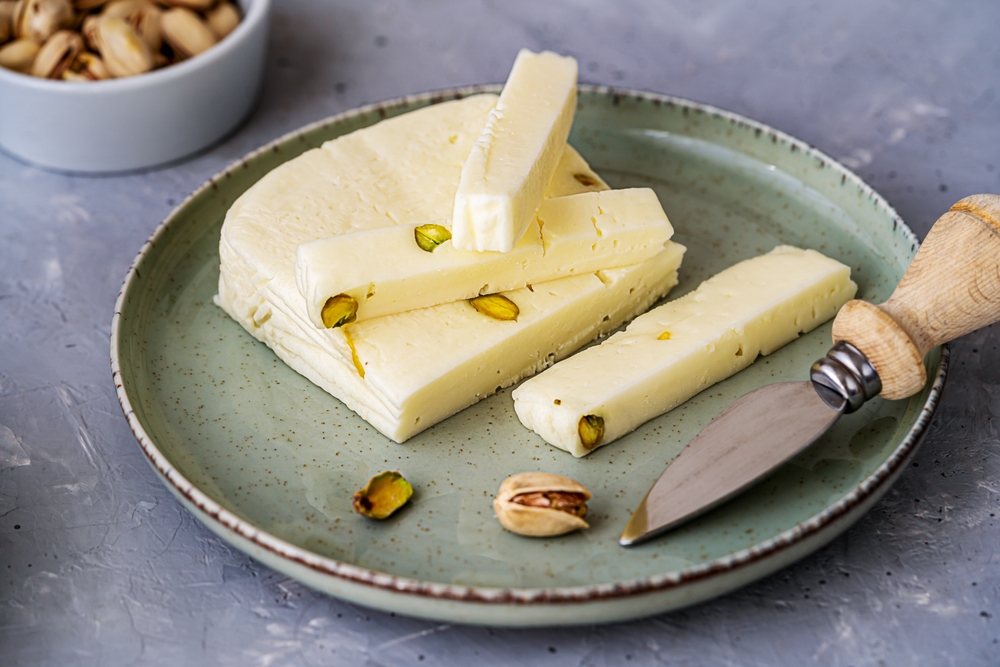
But did you know that they also offer several health benefits? Let’s take a closer look at the nutritional content of these two cheeses and the potential health benefits they can provide.
Calcium and Bone Health
Calcium is an essential mineral for maintaining strong bones and teeth, and both Asiago and Mozzarella are good sources of this nutrient.
In fact, a 1-ounce serving of Asiago cheese provides about 20% of the daily recommended intake of calcium, while the same amount of Mozzarella cheese provides about 18%.
Adding these cheeses to your diet can help support bone health and reduce the risk of osteoporosis.
Protein and Muscle Building
Protein is important for building and repairing muscle tissue, and both Asiago and Mozzarella cheese are good sources of this nutrient.
A 1-ounce serving of Asiago cheese provides about 7 grams of protein, while the same amount of Mozzarella cheese provides about 6 grams. Including these cheeses in your diet can help support muscle growth and repair.
Fat and Calorie Intake
Cheese is often associated with high fat and calorie content, but Asiago and Mozzarella are relatively low in both.
A 1-ounce serving of Asiago cheese contains about 110 calories and 9 grams of fat, while the same amount of Mozzarella cheese contains about 80 calories and 6 grams of fat.
Incorporating these cheeses into your meals in moderation can help you manage your calorie and fat intake.
Vitamin B12 and the Nervous System
Vitamin B12 is important for maintaining a healthy nervous system and producing red blood cells, and both Asiago and Mozzarella cheese are good sources of this nutrient.
A 1-ounce serving of Asiago cheese provides about 15% of the daily recommended intake of vitamin B12, while the same amount of Mozzarella cheese provides about 6%.
Adding these cheeses to your diet can help support nervous system health.
Sodium and Cholesterol
Both Asiago and Mozzarella cheese contains some sodium and cholesterol, which should be consumed in moderation as part of a balanced diet.
A 1-ounce serving of Asiago cheese contains about 180 milligrams of sodium and 25 milligrams of cholesterol, while the same amount of Mozzarella cheese contains about 180 milligrams of sodium and 15 milligrams of cholesterol.
Probiotics and Gut Health
Mozzarella cheese contains bacteria that act as probiotics, including strains of Lactobacillus casei and Lactobacillus fermentum.
These probiotics may help support gut health and boost the immune system. Asiago cheese does not contain as many probiotics as Mozzarella, but it is still a good source of calcium and protein.
Asiago and Mozzarella cheese can offer several health benefits when consumed in moderation as part of a balanced diet.
They are good sources of calcium, protein, and vitamin B12, and can help support bone health, muscle growth, and nervous system health.
However, it is important to be mindful of their sodium and cholesterol content and to incorporate them into your meals in moderation.
Cooking with Asiago and Mozzarella Cheese
When it comes to cooking with cheese, Asiago and Mozzarella are two popular choices. Both cheeses have unique flavors and textures that can enhance a variety of dishes.

Here are some ideas for incorporating Asiago and Mozzarella into your next meal:
Asiago Cheese Recipes
Asiago cheese is a versatile cheese that can be used in a variety of dishes. It has a nutty, slightly sweet flavor and a smooth texture.
Here are some recipes that use Asiago cheese:
- Asiago Soup: Add grated Asiago cheese to your favorite soup recipe for a richer, creamier flavor. Try it in tomato soup or broccoli cheddar soup.
- Asiago Salad: Sprinkle-grated Asiago cheese on top of a wedge salad or mix it into a Caesar salad for added flavor and texture.
- Asiago Sandwich: Use sliced Asiago cheese in a grilled cheese sandwich or add it to a panini with ham and arugula.
- Asiago Pasta: Toss cooked pasta with grated Asiago cheese, olive oil, and garlic for a simple yet delicious meal.
- Asiago Lasagna: Layer-cooked lasagna noodles with a mixture of ricotta cheese, tomato sauce, and grated Asiago cheese for a tasty twist on traditional lasagna.
Mozzarella Cheese Recipes
Mozzarella cheese is a classic Italian cheese that is known for its stretchy, gooey texture. It has a mild flavor that pairs well with a variety of ingredients.
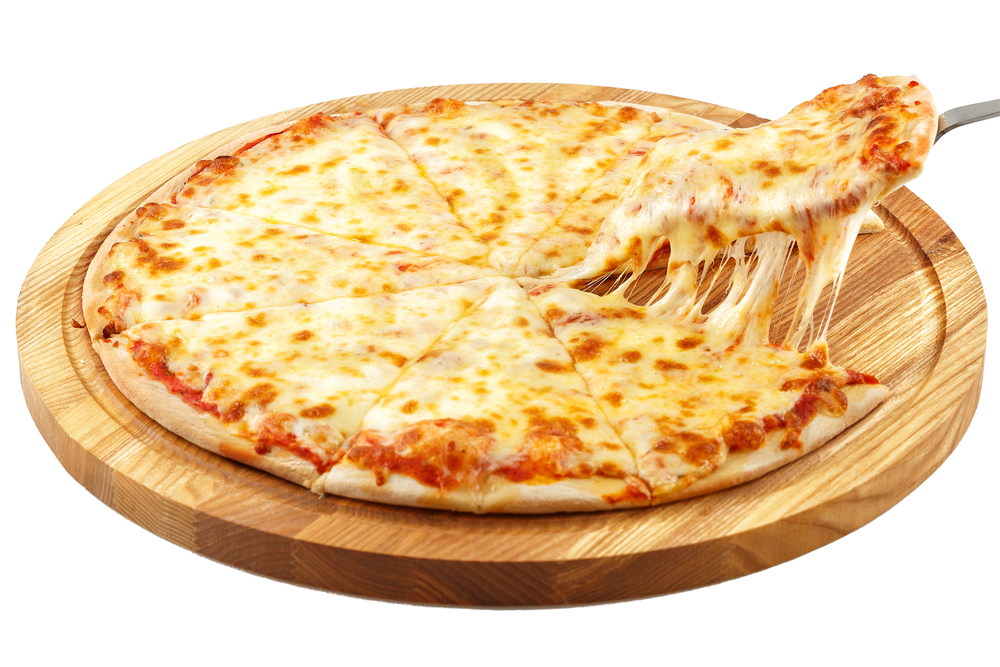
Here are some recipes that use Mozzarella cheese:
- Mozzarella Pizza: Top your favorite pizza crust with tomato sauce, sliced Mozzarella cheese, and your favorite toppings. Bake in the oven until the cheese is melted and bubbly.
- Mozzarella Salad: Combine sliced Mozzarella cheese with sliced tomatoes, fresh basil, and balsamic vinaigrette for a simple yet flavorful salad.
- Mozzarella Risotto: Stir grated Mozzarella cheese into cooked risotto for a creamy, cheesy dish.
- Mozzarella Dips: Combine melted Mozzarella cheese with roasted red peppers, garlic, and cream cheese for a delicious dip that pairs well with crackers or vegetables.
- Mozzarella Wedge: Top a wedge of iceberg lettuce with diced tomatoes, crumbled bacon, and shredded Mozzarella cheese for a tasty salad.
Asiago and Mozzarella cheese are both versatile cheeses that can be used in a variety of dishes.
Whether you’re making soup, salad, pasta, pizza, or anything in between, these cheeses can add a delicious flavor and texture to your meals.







Add comment